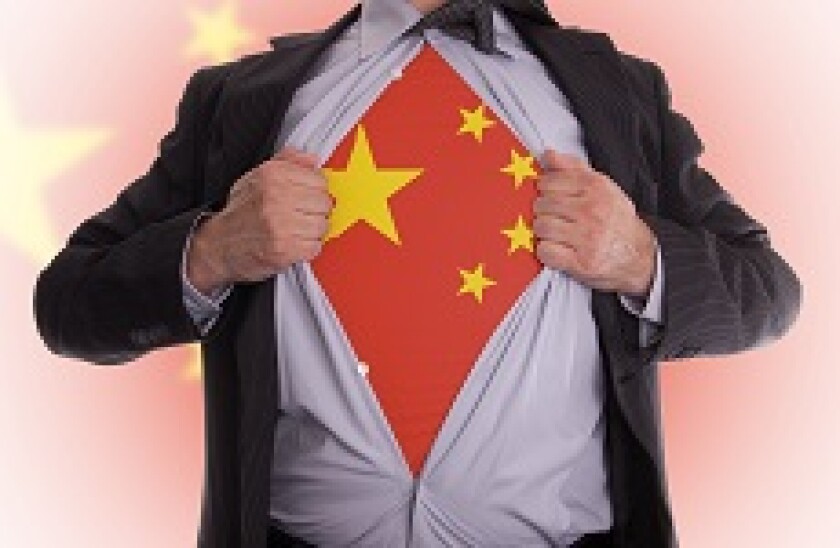The capital market landscape has been almost equally transformed. Asia’s local debt markets undoubtedly have taken on a greater importance, but offshore issuance from the region has been pre-eminent, as GlobalCapital Asia reports in two feature stories on the following pages — on the dollar and local currency debt markets.
What is truly remarkable is how sophisticated the region has become. In 2013, when the then US Federal Reserve chairman Ben Bernanke mentioned reducing quantitative easing, the ‘taper tantrum’ that followed shut Asia’s bond markets for months. In mid-2015, when Greece’s financial crisis rocked the industry, Asian firms held off from issuing for about three weeks.
Fast forward to June 2016, issuers jumped into the bond market within days after the UK voted for Brexit in a referendum. It was the same in November 2016, when Donald Trump was elected US president.
Asia’s economies have learnt from the past and have taken measures over the years to make their markets more resilient — whether by relying more on the regional dollar investor base rather than the international buy-side, or by giving a boost to the local currency debt markets to curtail exposure to foreign exchange risks.
But this doesn’t mean that they have shied away from opening themselves up to the world. China, the focus of so much global attention, has implemented reforms that have made its onshore bond and equity markets accessible to global investors. It has also pushed for the renminbi’s internationalisation, culminating in the currency being included in the International Monetary Fund’s special drawing rights basket on October 1, 2016.
China has certainly stolen the show, but across all of Asia there has been noteworthy progress. India has put in place key reforms to tackle corruption while further opening up to foreign investment, Myanmar launched its stock exchange in Yangon in December 2015 and has since hosted a number of IPOs. Vietnam is still divesting the state’s holdings in some of its biggest conglomerates, while countries such as Indonesia, the Philippines and Malaysia are making strides towards infrastructure development.
There is still a lot more work to be done, particularly to improve transparency and governance in some of the countries and their corporations. But it is worth taking a moment to reflect on the last 30 years and quite how far the region has come in that time.
Rashmi Kumar,
Editor, GlobalCapital Asia

